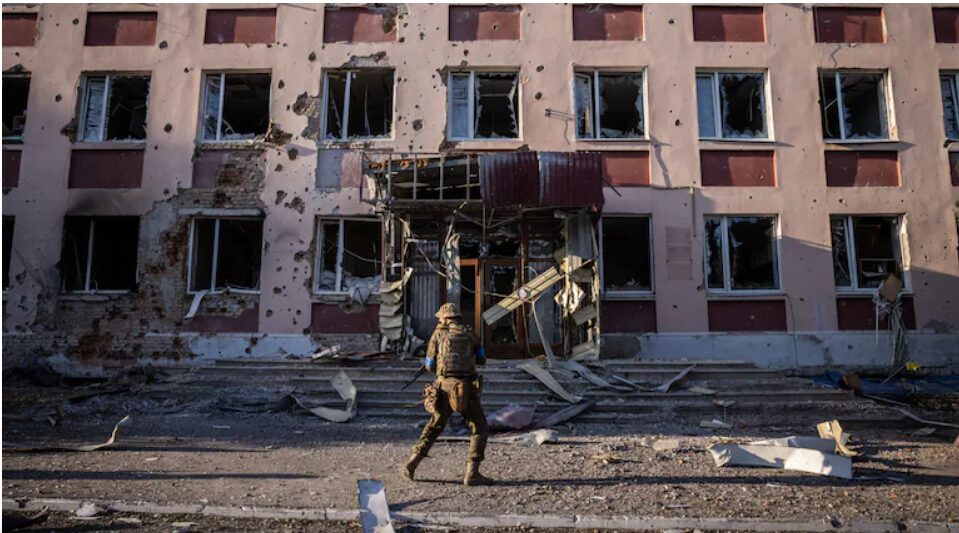In the heart of the Kursk region, an unexpected drama unfolds—a story of military gambits and strategic battles that highlights the complexities of modern warfare. For the first time since World War II, Ukrainian forces have breached Russian territory, seizing control of parts of Kursk and igniting a tense new chapter in the ongoing conflict.
On August 6, Ukrainian troops launched a bold incursion into the Kursk region, a move that took both Russian and global observers by surprise. This region, traditionally a quiet backdrop to the conflict, became a stage for high-stakes maneuvers as Ukrainian forces sought to establish a foothold within Russia’s borders. Their goal: to create a buffer zone that could disrupt Russian advances and shift the balance of power.
But the Kursk incursion has not been met with the swift and decisive response one might expect. Instead, their response has been slow. The core issue lies in Russia’s strategic focus and resource allocation. President Vladimir Putin is focused on the eastern Donbas region, where most of Russia’s military resources are concentrated. The Kremlin views the consolidation of control in Donbas as more critical than addressing the Kursk incursion, which is considered a lower priority.
In Kursk, Russian forces face a tough challenge due to dense forests and complex terrain that aid Ukrainian troops. Russia’s response has been slow and disjointed, with forces from across the country struggling to counter the Ukrainians. Despite state media downplaying the issue, the attack on Russian soil is a significant setback. Putin’s strategy remains cautious, focusing more on the Donbas offensive than on the Kursk threat.
The conflict in Kursk is not just a matter of military strategy; it also has profound human and strategic implications. For Russia, the struggle to repel Ukrainian forces in Kursk highlights a critical shortage of well-coordinated resources and the challenges of maintaining an overstretched military. The deployment of conscripts and irregulars, while easing some of the pressure, reflects the broader issue of resource scarcity and strategic overreach.
For Ukraine, the push into Kursk is both a strategic gamble and a statement of resolve. Capturing Russian territory has reshaped the battlefield and challenged Russian dominance. However, this bold move comes with risks. Extending the front line stretches Ukrainian forces and supply lines, potentially leading to logistical headaches and strategic vulnerabilities.
As the conflict continues, Kursk will be a crucial chapter in understanding the evolving dynamics of the war. It highlights the strategic dilemmas faced by both sides and the high-stakes nature of modern warfare. The Kursk incursion is more than just a military maneuver; it’s a story of strategic risk, geopolitical tension, and the complex interplay of military power and political objectives. How this new phase unfolds could influence the war for years to come.
